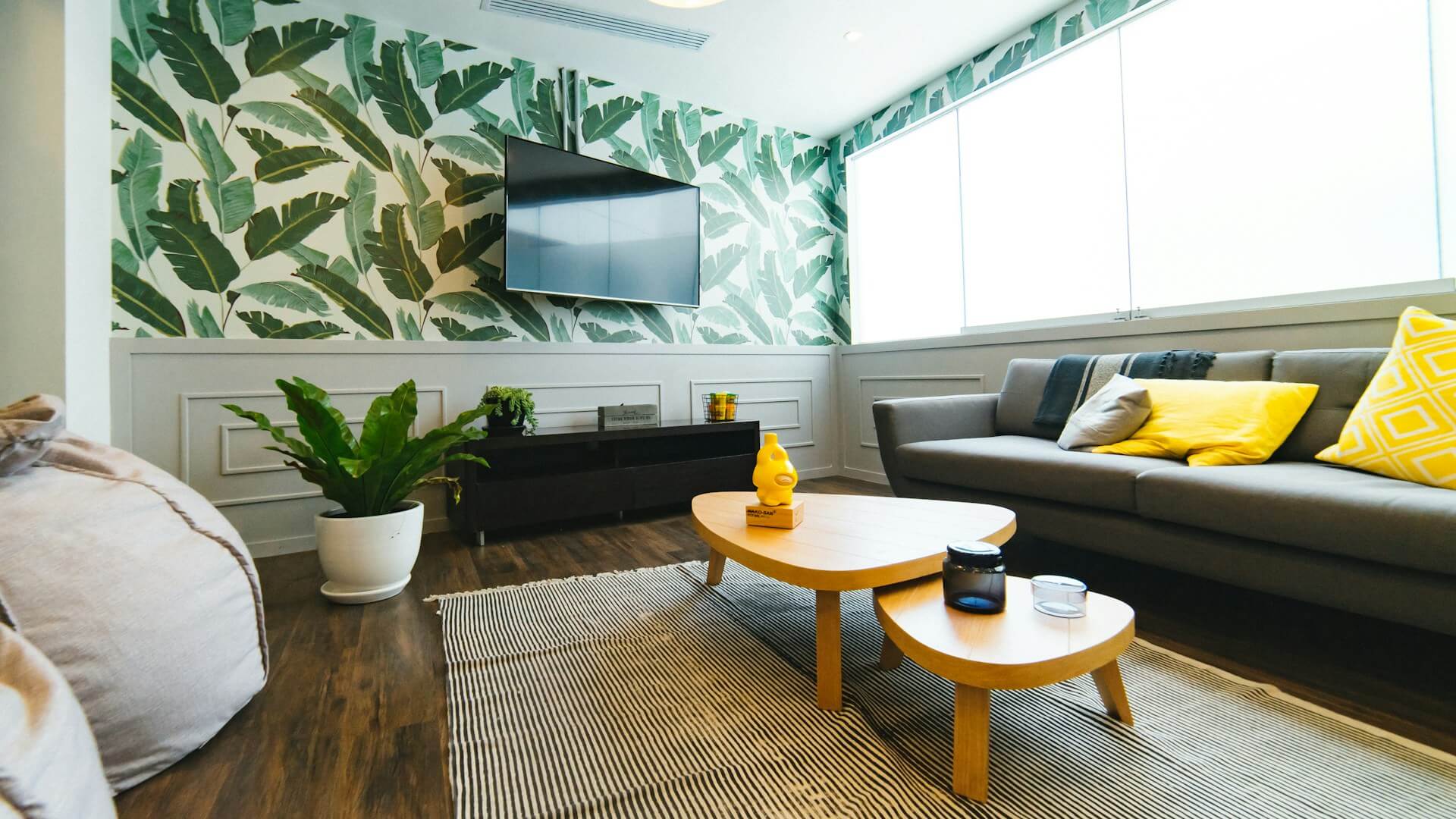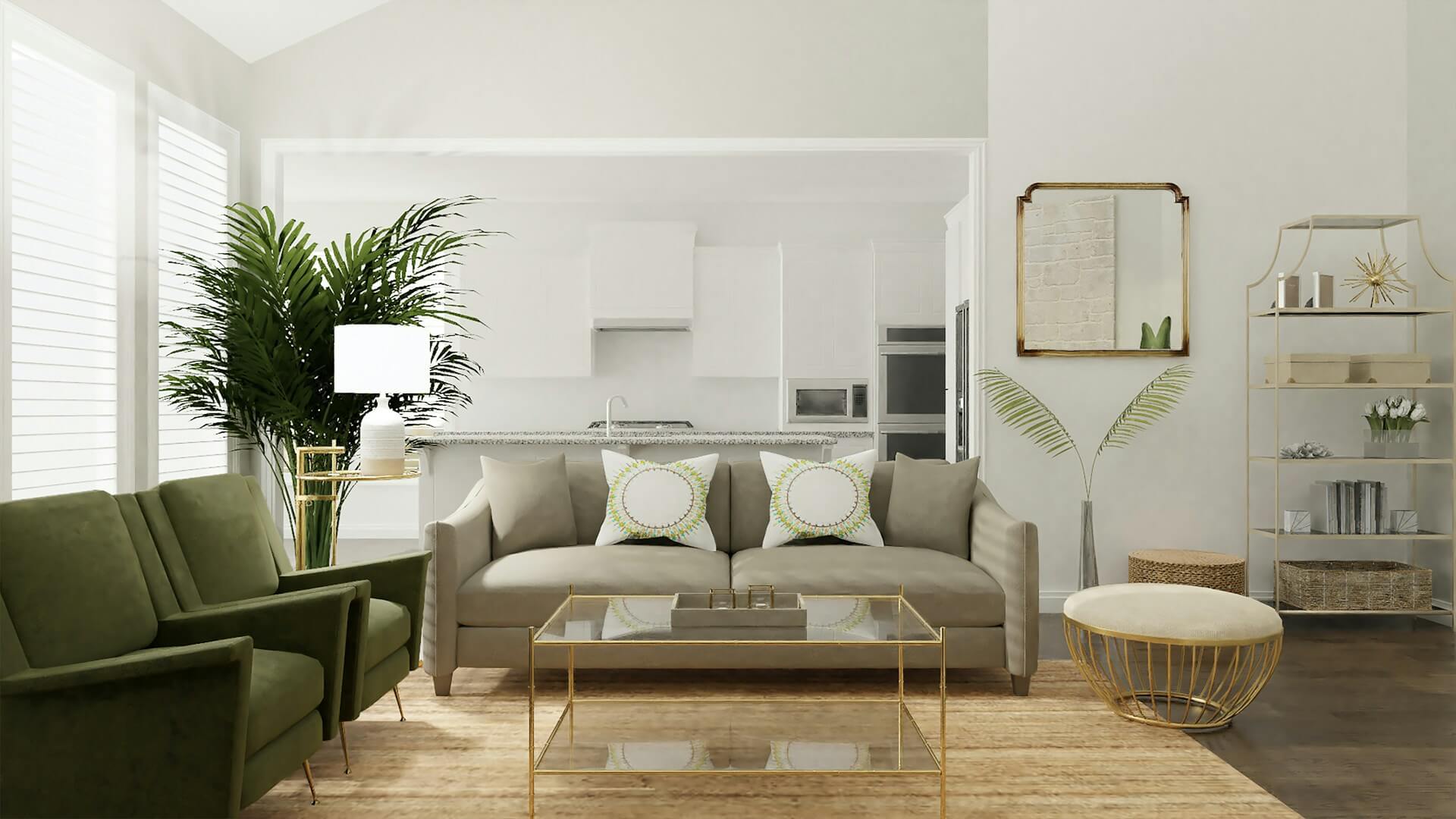In the not-so-distant past, home automation was the stuff of science fiction or, at best, pricey experiments in tech-savvy households. Today, it’s a burgeoning industry, revolutionizing the way we live. It promises convenience, efficiency, and the allure of a high-tech living environment. From turning on the lights with a voice command to managing your home’s energy consumption remotely, home automation systems are a game changer for modern living.
Home automation, or a “smart home,” refers to the integration of various household devices and systems through networks that can be centrally controlled. But where do you start if you’re interested in bringing your home up to date? For first-time adopters and seasoned tech enthusiasts alike, our comprehensive guide will walk you through the essentials of home automation systems, from the devices themselves to the platforms you’ll use to manage them. We’ll cover the technology basics, the up-to-the-minute trends, and how to make the most of your investment.
Understanding Home Automation: From Basics to Benefits
What Is Home Automation?
Home automation, also known as domotics, is becoming increasingly popular amongst homeowners who want to simplify and streamline their lives. With the ability to automate the control of household features such as lighting, climate, entertainment systems, and appliances, the possibilities are endless. The idea behind home automation is simple: create a networked system that allows these different elements to communicate with each other and be controlled remotely or along pre-set conditions. If you’re interested in this exciting technology, look no further than this handy guide to getting started with home automation.
Why Should You Automate Your Home?
The benefits of home automation are vast and varied, catering to different aspects of modern life:
- Convenience: The ability to manage multiple home systems from a single app or device is the epitome of “effortless living.”
- Energy Efficiency: Smart thermostats, lighting controls, and home energy monitoring help to reduce consumption without sacrificing comfort.
- Security: Smart security systems can include features like smart locks, surveillance cameras, and motion sensors, all easily managed from one device.
- Accessibility: For the elderly or people with disabilities, home automation can mean everything from voice-controlled appliances to finger-tap temperature adjustments.
Devices and Systems You Can Automate
The ability to automate various devices in your home is a game-changer, making your life easier and more convenient. From smart thermostats that help you save on energy bills to security systems that allow you to monitor your property from anywhere, the options are endless. A guide to home automation can help you explore the various categories and choose the best devices for your needs. Whether you’re looking to streamline your daily routines or enhance your home’s security, home automation has something for everyone.
Lighting
Smart lighting systems go beyond simple on-off switches or dimmers. You can set schedules, control brightness, and, in many cases, change the color of the light with a smartphone or voice command.
Climate Control
Smart thermostats such as Nest or Ecobee learn your preferences and adjust the temperature accordingly. They can also be part of an integrated system that considers factors like weather and energy prices to optimize your settings.
Home Entertainment
From smart TVs to whole-home audio systems, entertainment devices are a staple of the smart home. Control your viewing and audio experience with your voice or a touch screen.
Security and Surveillance
Smart security systems offer peace of mind with features like motion detectors, glass break sensors, and the ability to monitor your home from anywhere in the world.
Appliances
Appliances like ovens, refrigerators, and washers are becoming smarter, allowing you to receive notifications, control settings remotely, and even access recipe libraries or order groceries.
The Brain of the Operation: Hub or No Hub?
Home automation is a revolutionary technology that has changed the way people live their lives. At the center of any home automation system is the hub or central controller, which plays a critical role in managing and controlling all the smart devices in your home. This allows you to use your voice, smartphone, or tablet to control everything from your lights and thermostats to your security systems and entertainment systems. With so many different types of hubs available on the market today, it’s important to have a guide to help you navigate the choices and find the one that’s right for your needs. Whether you’re looking for a smart speaker like Amazon Echo or Google Home, a dedicated device from a home security company, or a unit that plugs into your router, the right home automation hub can help you streamline your life and make your home a more comfortable and convenient place to live.
Benefits of Hub Systems
- They provide a seamless way to manage multiple devices from different manufacturers.
- They offer robust automation and customization options.
- Many are designed to learn your habits and automate tasks without direct input.
Hub-Less Systems
- Usually simpler to set up and often cheaper, as they don’t require an additional piece of hardware.
- Offer greater flexibility as you can choose the specific devices you need from different brands and build your ecosystem.
- Tend to be more inclusive of alternative platforms like Apple HomeKit.
Connectivity: Wireless Protocols and Networking
One of the key factors that makes this possible is the range of wireless protocols that enable devices to communicate with each other and with the hub. With a variety of contenders in the market, it can be confusing to choose the right one. But with the right guide, you can discover the perfect solution that fits your needs. Say goodbye to the hassles of doing everything manually and welcome the ease and convenience of home automation technology.
- Wi-Fi: Ubiquitous and powerful, Wi-Fi is perfect for high-bandwidth applications like security cameras and streaming devices.
- Bluetooth: Ideal for proximity connections such as pairing smartphones with light bulbs.
- Z-Wave and Zigbee: These mesh networks are the go-to choices for home automation due to low power usage, high reliability, and the ability to hop from one device to another for extended coverage.
- Thread: An up-and-coming protocol, backed by industry giants, that promises a more secure and scalable alternative for smart home applications.
The Home Automation Ecosystem
Your choice of devices and hub often corresponds to the ecosystem supported, which is typically defined by the platform or manufacturer. These are some of the major players in home automation ecosystems:
Amazon Alexa
One of the most popular voice assistant ecosystems, Amazon’s Alexa platform integrates with a wide range of third-party devices and services. With skills that expand functionality, Alexa is a staple for voice-activated home control.
Google Assistant
Google’s equivalent to Alexa, Google Assistant, is equally comprehensive and versatile, connecting to a variety of smart home products and benefiting from Google’s search and AI capabilities.
Apple HomeKit
Apple’s ecosystem offers a more secure approach to home automation, with devices requiring HomeKit certification. It allows for end-to-end encryption for devices, and control through Apple devices is a seamless experience.
SmartThings
Samsung’s SmartThings is another hub system that boasts excellent device integration. It is known for its flexibility, catering to a range of user needs and device types.
DIY and Open Source
For the more tech-savvy, or those who seek complete control and customization, there are open-source platforms like Home Assistant and OpenHAB. These platforms offer powerful tools for creating a tailored smart home experience.
Implementing Your Home Automation System
Planning Your Setup
- Define your objectives: What do you want to achieve with home automation? Improved convenience, energy saving, or perhaps a more secure home?
- Assess your existing infrastructure: Check your home’s Wi-Fi network, smart device compatibility, and the electrical system if necessary.
- Consider professional assistance: For complex installations or when integrating with specialized systems like HVAC, consulting an expert could save time and trouble.
Starting Small
Resist the urge to automate everything at once. Begin with the essentials or those areas where automation can make a significant difference, such as lighting or heating.
Choosing Devices
Look for devices that suit your needs in terms of functionality, compatibility, and design. Read reviews and consider the long-term support and reputation of the manufacturer.
Setting Up and Connecting
Installation should be straightforward, often involving simply plugging in or replacing your existing devices. Connecting them to your hub or app will vary in complexity but is usually guided by user-friendly processes provided by each device’s manufacturer.
Automating Your Home
- Start with simple automation rules, like setting your lights to turn on at sunset, before moving to more complex scenarios that involve several devices.
- Always test your system and observe any pre-set actions before leaving it fully unattended to ensure it’s working as planned.
Expanding Your System
Once you’re comfortable with the basics, you can add more devices to create a truly interconnected home. Remember to keep your goals in mind and avoid unnecessary complexity.
Best Practices for Home Automation Systems
Ensure Security
With so many devices communicating over your network, home automation can be vulnerable to cyber threats. Follow good security practices such as strong, unique passwords, regular software updates, and enabling two-factor authentication whenever possible.
Support and Sustainability
Choose devices from manufacturers with a track record of providing updates and customer support. Ensure your devices are future-proof by investing in technologies that are likely to be supported for the long-term.
Learn and Grow
Stay curious and keep an eye on the latest developments in home automation tech. The industry is continually evolving, with new features and devices released regularly.
The Future of Home Automation
The future of home automation is perhaps the most exciting aspect of this burgeoning industry. Expect to see:
- More Interoperability: Efforts to reduce the fragmentation of the smart home market, making it easier to integrate different devices and platforms.
- Advances in AI: Artificial intelligence will play a significant role in making our homes smarter, learning our preferences and habits to provide a truly personalized living environment.
- Wider Adoption: As the cost of smart devices decreases, home automation is likely to become a standard feature in new homes and renovations.
Case Studies and Success Stories
As technology advances, so does the way we live in and interact with our homes. Home automation also known as smart home technology is a prime example of this evolution and has improved countless lives across the globe. With energy-saving features that pay for themselves, security systems that deter intruders, and the convenience of controlling everything from your phone, it’s no wonder that many people are turning to home automation. Real-life examples of this technology’s benefits can be seen in case studies highlighting how it has made people’s lives easier, safer, and more manageable. This guide delves into some of the ways home automation can improve your lifestyle and bring added peace of mind to your home.
Final Thoughts
Home automation is revolutionizing the way we think about home technology. It’s not just about cool gadgets and gizmos; it’s about transforming our entire domestic environment. With the right kind of guidance, anyone can get involved in the exciting world of home automation and start enjoying its benefits. By applying the latest technology to our homes, we’re able to create a better quality of life, both for ourselves and for the planet. From temperature control to lighting automation, there’s no shortage of ways to customize our homes to our unique needs. With a little planning and patience, we can all become masters of our domestic domains.




